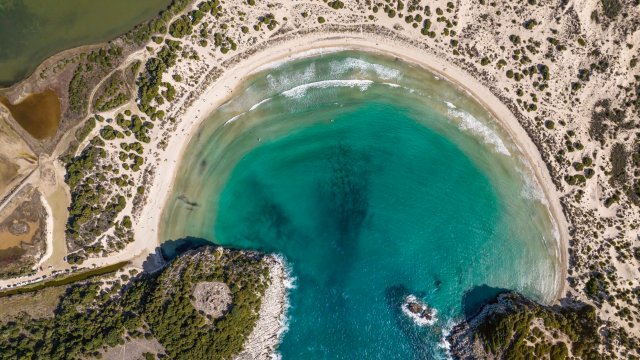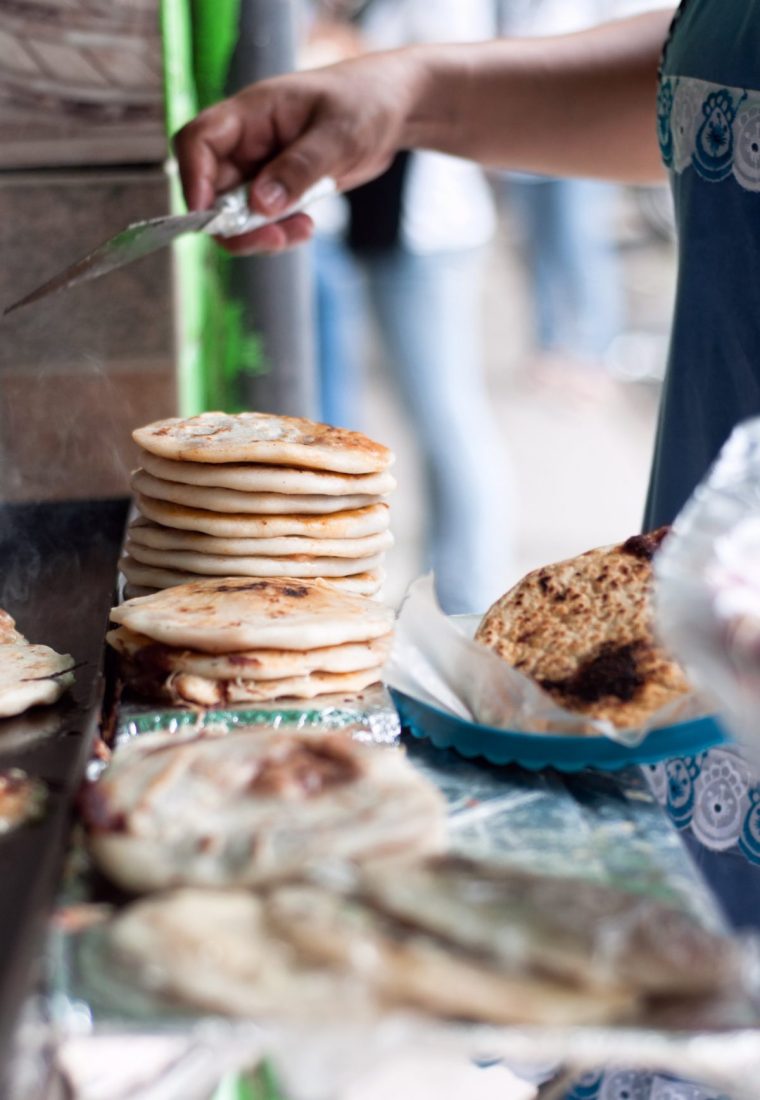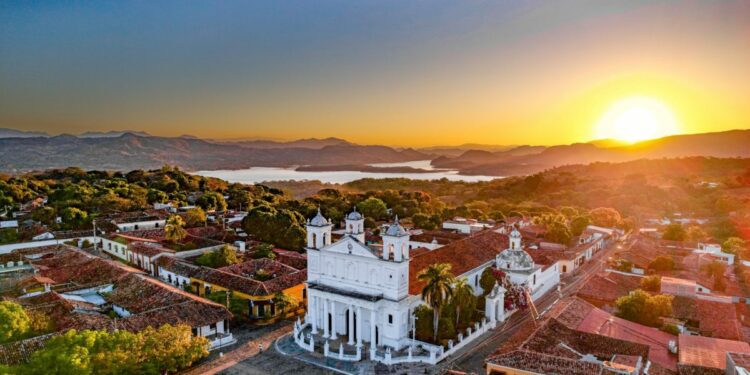However, in the past two years, the government has cracked down on gang-related crime. Homicides have dramatically reduced in what was once the world’s murder capital and it is now much safer to visit – though it is worth noting there is a cost – human rights organisations say that during the state of emergency, many people have been detained without due process.
Still, as the country has become safer, visitor numbers have increased dramatically. In 2023, El Salvador ranked as the World Tourism Organisation’s fifth best-performing destination. And at the start of this year, visitor numbers were 35 per cent above the same time last year.
Read Next
Driving around the country – the same size as Wales, but rather more abundant in street art and tropical flower displays – it feels on the cusp of encapsulating Costa Rica’s positive mindset of “pura vida”.
For tourists, it helps that El Salvador is easy on the wallet. Meals, transport and activities generally cost a third less than Costa Rica, and are especially cheap if you get a taste for the national dish, pupusa: thick corn tortillas stuffed with stringy melted cheese, meat or beans, served from street vans with zingy salsa. Divine, filling and often only a couple of dollars.
While the accommodation offering in El Salvador isn’t quite as developed, it is competitive. The average cost of a night at a mid-range hotel is £100 in Costa Rica. In Suchitoto, one of El Salvador’s best-preserved colonial cities and a former capital, the tranquil El Tejado is £65 for a double room.
Even in troubled times, Suchitoto – in the centre of the country – was a popular destination on Latin America’s backpacker Gringo Trail for its streets of historically significant terracotta-topped houses and the emblematic Iglesia Santa Lucia. In the city’s central square, this huge confection of a colonial church is painted so brilliantly white that I have to don my sunglasses to admire it.
It is an impossible-to-miss wayfinder as I amble around, dropping in to the market to gawp at the fantastical yellow of the sweetcorn, and the row of strong-shouldered pupusa-makers, completing iron-hot batches for loyal customers.
The church orients me as I return from a tie-dyeing workshop at Arte Añil, which had piqued my interest when I learned that indigo is a major export for El Salvador Autumn is the best time to travel – eight cheaper, quieter holidays to book now – responsible for Levi’s blue jeans, for example.
 Pupusas are a Salvadoran staple (Photo: edfuentesg/Getty Images)
Pupusas are a Salvadoran staple (Photo: edfuentesg/Getty Images)
Like Maria and clan, my final stop is also some R&R by the water. Rather than on the Pacific coast, I’m staying at Cardedeu Residence, a sleek boutique hotel overlooking the glassy Lake Coatepeque, which plunges to depths of around 200m. It is the sort of hideaway that makes you reassess your priorities in life.
When my Duolingo-level Spanish means I am forced to mime the words for “where is breakfast?” and “extra towels” to sympathetic faces, I know this is a hidden gem. I hope it retains that charm.
How to get there
Connecting flights to San Salvador are available via the US, Canada and Colombia.
Where to stay
Fairfield by Marriott in San Salvador has B&B from $124 (ÂŁ93), marriott.com.
Hotel Casa 1800 Suchitoto has B&B from $89 (ÂŁ67), casa1800 suchitotofig.velvetverandas.com
Cardedeu Residence Lake Cotepeque has doubles from $140 (ÂŁ105), cardedeuhotels.com.
More information
elsalvador.travel,
visitcentroamerica.com/en
Source link : http://www.bing.com/news/apiclick.aspx?ref=FexRss&aid=&tid=66f797f613fe404ab7cfa320cb590cda&url=https%3A%2F%2Finews.co.uk%2Finews-lifestyle%2Fel-salvador-cheaper-quieter-alternative-costa-rica-3297208&c=857356565938593241&mkt=en-us
Author :
Publish date : 2024-09-27 18:40:00
Copyright for syndicated content belongs to the linked Source.










